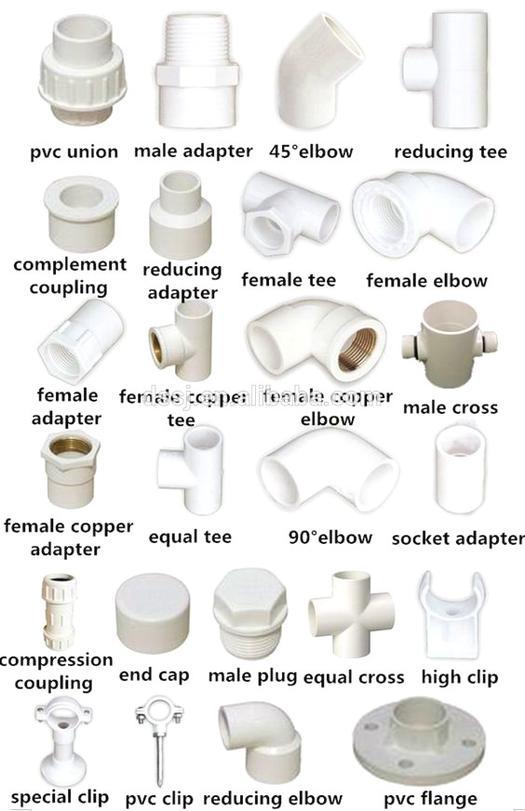If you are planning to install or upgrade your plumbing system, plastic pipe fittings are the best option. They are lightweight, durable, and resistant to corrosion, making them perfect for both residential and commercial plumbing projects.

Here are some tips on how to use plastic water pipe fittings for your plumbing project:
1. Choose the Right Type of Plastic Pipe Fitting
There are several types of plastic pipe fittings available in the market, including PVC, CPVC, PEX, and Polypropylene. Each of them has unique properties, and you need to choose the right type based on your plumbing needs. PVC fittings are most commonly used for drainage systems, while CPVC fittings are good for hot water supply systems. PEX fittings are ideal for cold and hot water supply systems, and polypropylene fittings are great for industrial plumbing systems.
2. Cut the Plastic Pipe to the Right Length
Before you start installing the fittings, you need to cut the plastic pipe to the correct length. Use a pipe cutter or a saw to cut the pipe straight and ensure that the cut is clean and smooth. Any burrs or rough edges can damage the fittings and leak water. Measure the length carefully and mark the pipe accordingly before cutting.
3. Clean and Prepare the Pipe and Fitting
It is crucial to clean and prepare the pipe and the fitting before you start the installation. Use a clean and dry cloth to wipe the pipe and fitting, ensuring that there is no dust or debris on them. Apply a primer to the pipe and the fitting to ensure proper adhesion and tight seal. Allow the primer to dry before applying the pipe cement on the fitting and the pipe.
4. Join the Pipe and Fitting
To join the pipe and fitting, insert the pipe into the fitting and push it in firmly until it stops. Ensure that the pipe is fully inserted, and there is no gap between the pipe and the fitting. Hold the joint for a few seconds until the cement sets. Wipe off any excess cement using a clean cloth.
5. Test the Joint
After completing the installation, it is important to test the joint for leaks. Turn on the water supply to the plumbing system and check for any leaks around the joints. If you notice any leaks, turn off the water supply, disassemble the joint, and reapply the cement. Test the joint again until there are no leaks.
Conclusion
Plastic water pipe fittings are an essential part of any plumbing system. They are easy to use, cost-effective, and reliable. Before starting the installation, ensure that you have the right type of plastic fitting for your plumbing needs. Cut the pipe to the correct length, prepare the pipe and fitting, and join them together with cement. Test the joint for leaks and make necessary adjustments. With these simple tips, you can install plastic water pipe fittings with ease and ensure a reliable plumbing system for your home or office.
When buying plastic water pipe fittings and other plumbing supplies, consider a trusted supplier to ensure high-quality products.
